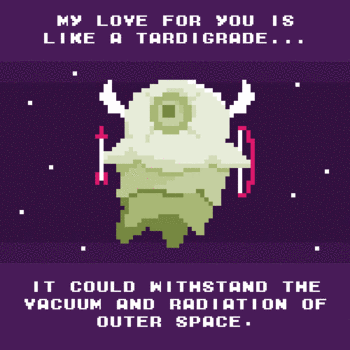Question #a41c7
1 Answer
Hypertonic: a solution that has a lower water potential than another solution
Hypotonic: a solution that has a higher water potential than another solution
Isotonic: solutions that have the same concentrations.
Explanation:
A red blood cell (RBC) placed into a hypotonic solution of nonpenetrating molecules (i.e., a solution with lower concentration of solute and a higher concentration of solvent than the cell, for example, water) will rapidly swell and hemolyse, as the water molecules influx by osmosis from higher to lower concentration.
RBCs placed into a hypertonic solution of non-penetrating molecules (i.e., a solution with higher concentration of solute and lower concentration of solvent than the cell, for example, salt water) will rapidly shrink and crenate, as water molecules efflux by osmosis from a higher to a lower concentration.
RBCs placed into an isotonic solution of non-penetrating molecules (i.e., a solution with the same concentration of solute and solvent as the cell, for example, saline solution) will neither swell nor shrink because the osmotic influx and efflux of water is in equilibrium in the absence of a concentration gradient.
Here is a video showing the effects of hypotonic and hypertonic solutions on red onion cells.


